Forums
- Forums
- Duggy's Reference Hangar
- RAF Library
- Bristol 170 (Bristol Freighter)
Bristol 170 (Bristol Freighter)
Post a reply
- Go to Previous topic
- Go to Next topic
- Go to Welcome
- Go to Introduce Yourself
- Go to General Discussion
- Go to Screenshots, Images and Videos
- Go to Off topic
- Go to Works in Progress
- Go to Skinning Tips / Tutorials
- Go to Skin Requests
- Go to IJAAF Library
- Go to Luftwaffe Library
- Go to RAF Library
- Go to USAAF / USN Library
- Go to Misc Library
- Go to The Ops Room
- Go to Made in Germany
- Go to Campaigns and Missions
- Go to Works in Progress
- Go to Juri's Air-Raid Shelter
- Go to Campaigns and Missions
- Go to Works in Progress
- Go to Skinpacks
- Go to External Projects Discussion
- Go to Books & Resources
-
7 years agoTue Jun 03 2025, 01:25pmDuggy
 Main AdminThe Bristol 170 (Bristol Freighter) was one of the first new commercial aircraft to be flown in Britain after the end of the Second World War and the prototype (G-AGPV) flew for the first time on 2nd December 1945.
Main AdminThe Bristol 170 (Bristol Freighter) was one of the first new commercial aircraft to be flown in Britain after the end of the Second World War and the prototype (G-AGPV) flew for the first time on 2nd December 1945.
Designed originally for military use in the Far East campaign of the Second World War, the end of hostilities saw the type become a rugged and capacious transport for both civil and military use. Its instantly recognisable shape is distinguished by its 'boxy' fuselage and rounded nose doors, providing access directly into the cargo bay.
A second prototype (G-AGVB) flew on 30th April 1946 and became know as the Wayfarer, carrying out route proving flights to the Channel Islands to which it carried over 10,000 passengers in under 6 months.
In civilian use, the type was most familiar for its cross-channel operations with Silver City Airways who recognised the potential to carry both passengers and their cars, creating the term 'Air Ferry'. The first flight with a car took place in July 1948 between Lympne and Le Touquet.
The type had a very hard working life in Silver City operation in the days before the cross-channel ferry industry blossomed and in 1954 the Silver City Freighter fleet averaged 2,970 landings and take offs per aircraft in the fleet - just over eight sectors per day, every day of the year.
A total of 214 aircraft were built in a number of variants, the most significant being the Mk I, Mk II, Mk21, Mk31 Freighter and the Mk32 Superfreighter or Wayfarer. The Superfreighter was first flown on 16th January 1953 and was distinguished by a longer nose and increased fin area; the longer cargo bay increased its capacity to three 14 ft cars and 20 passengers.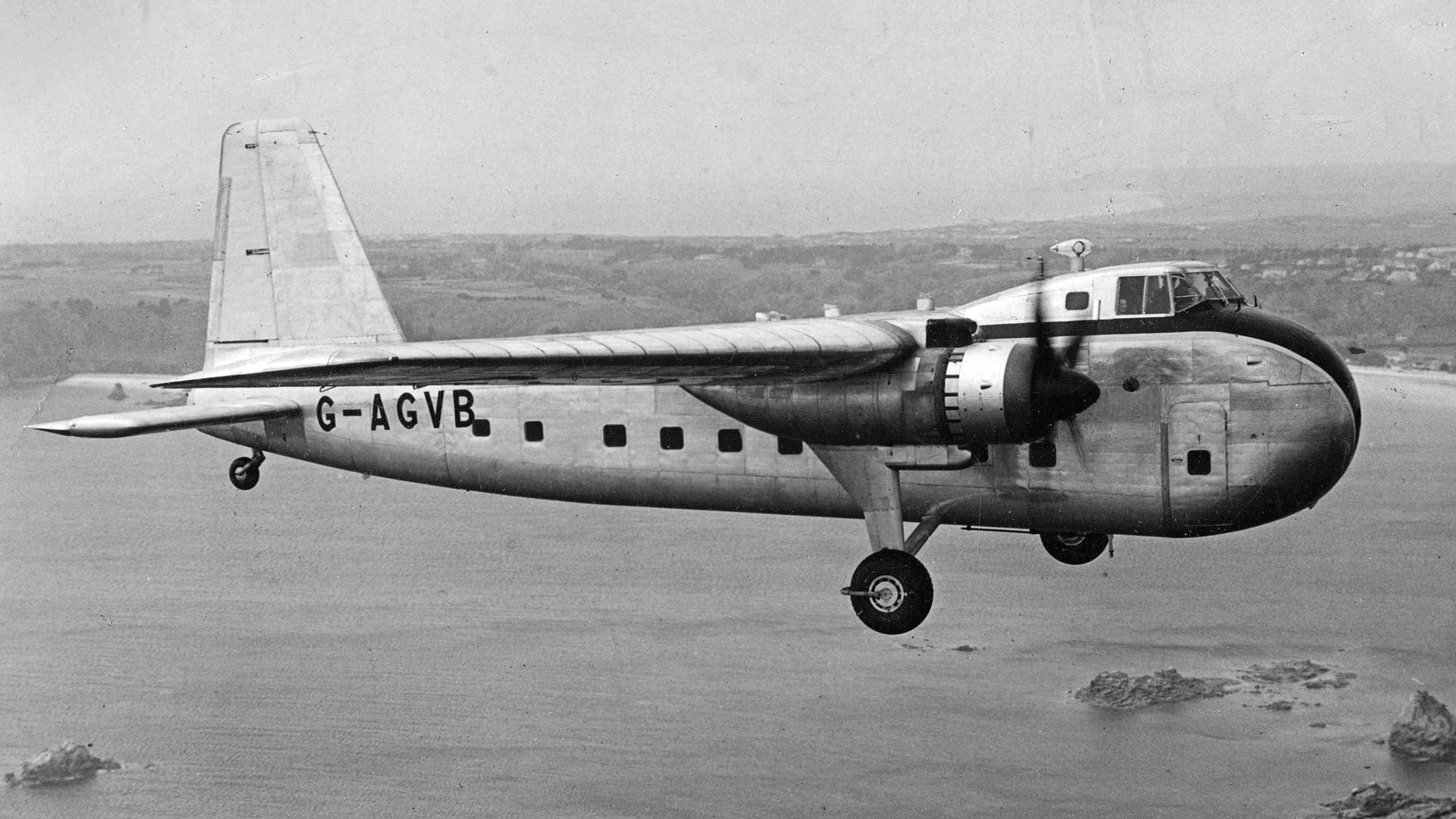
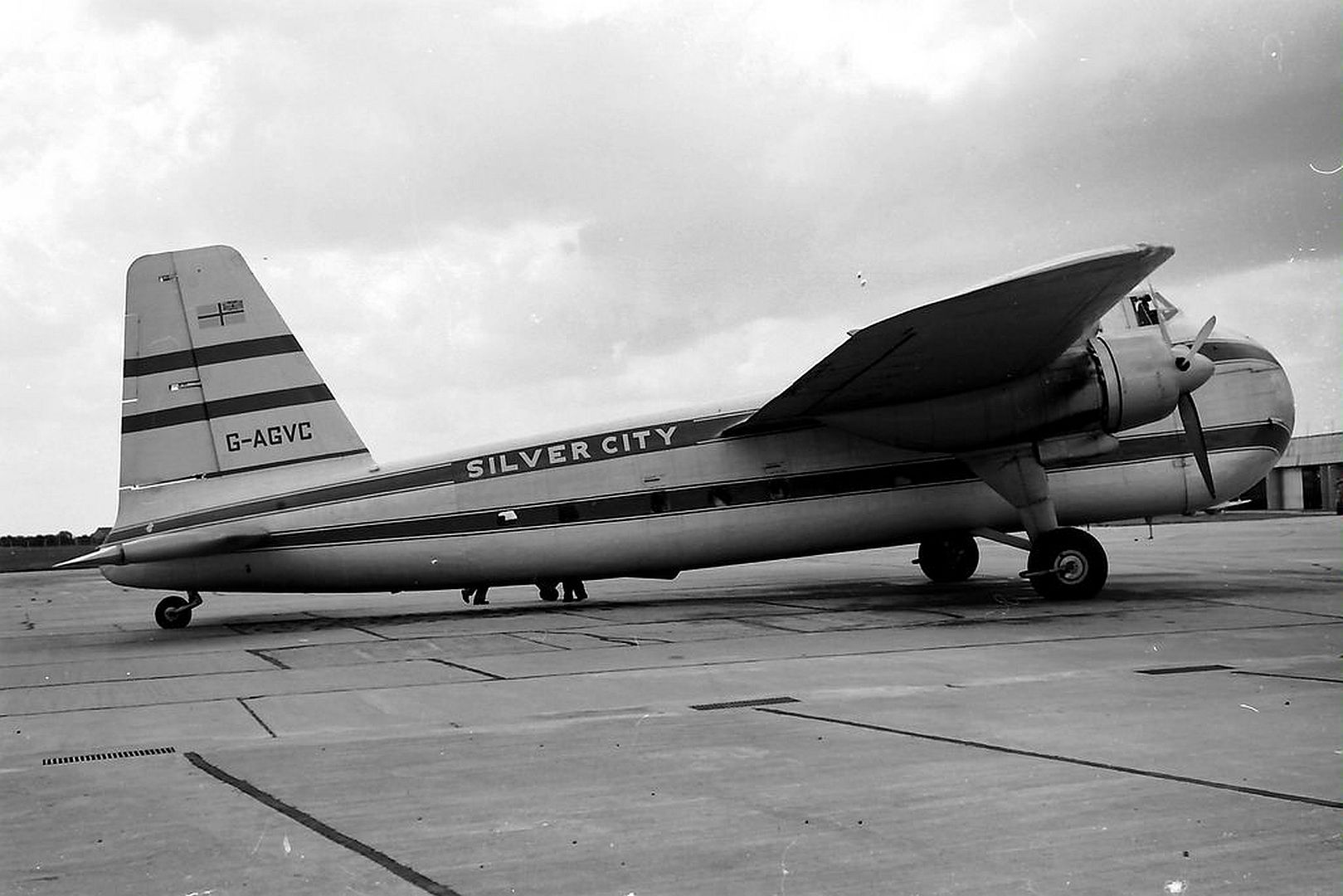
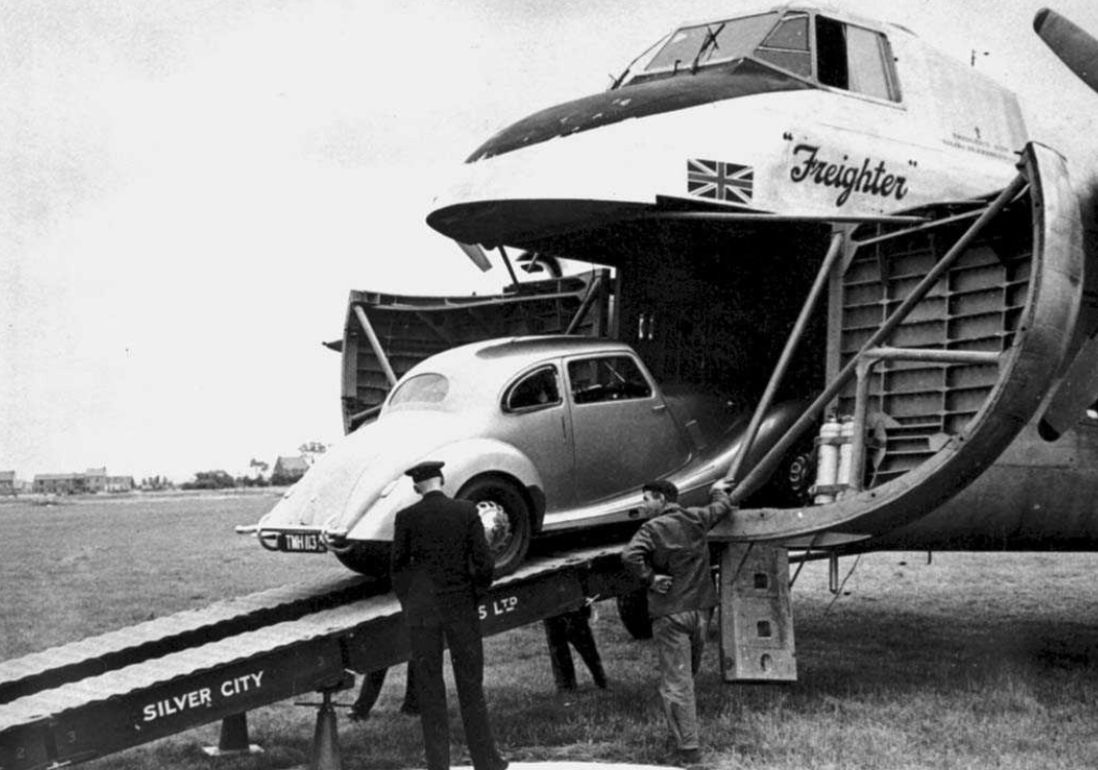
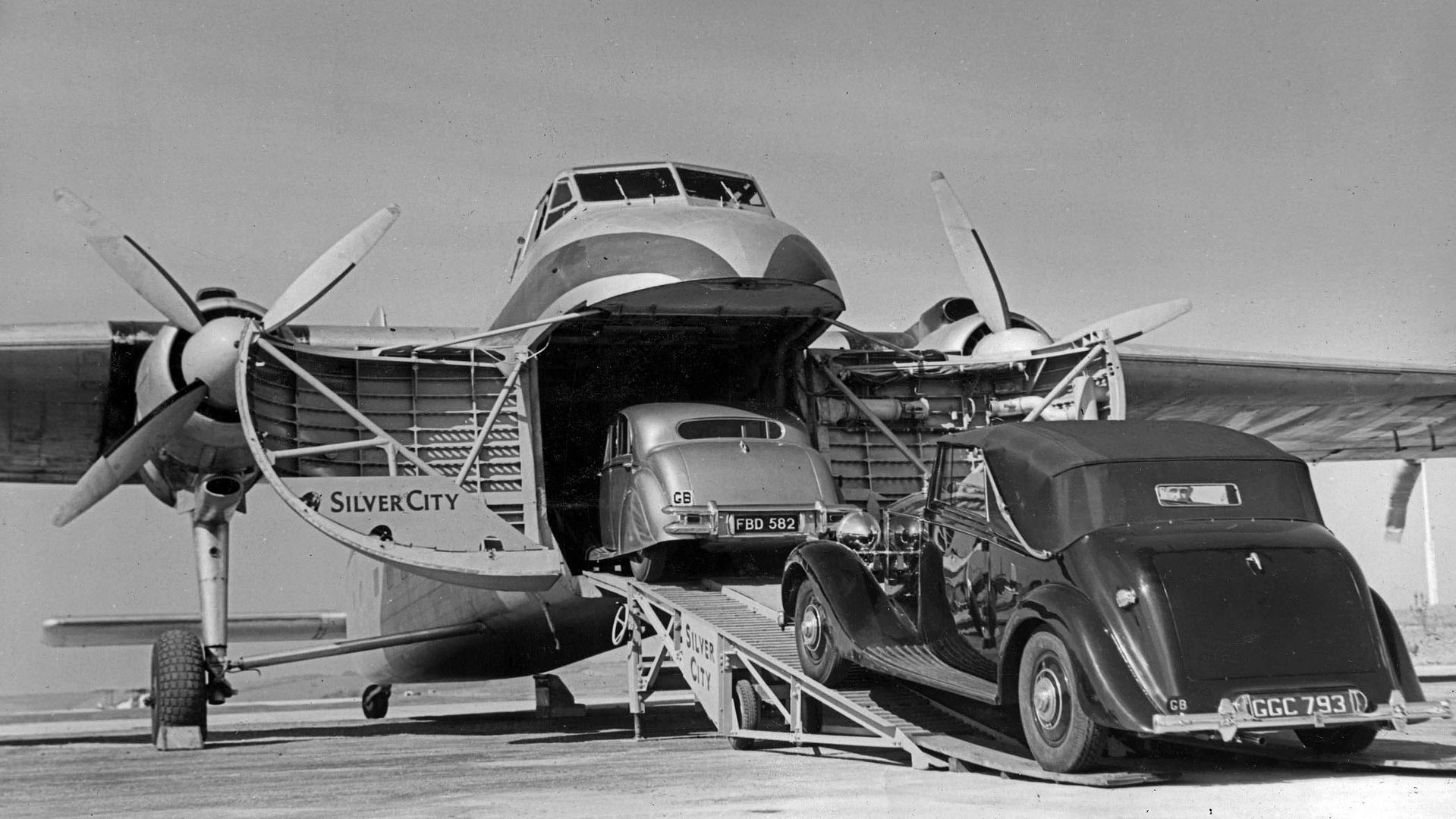

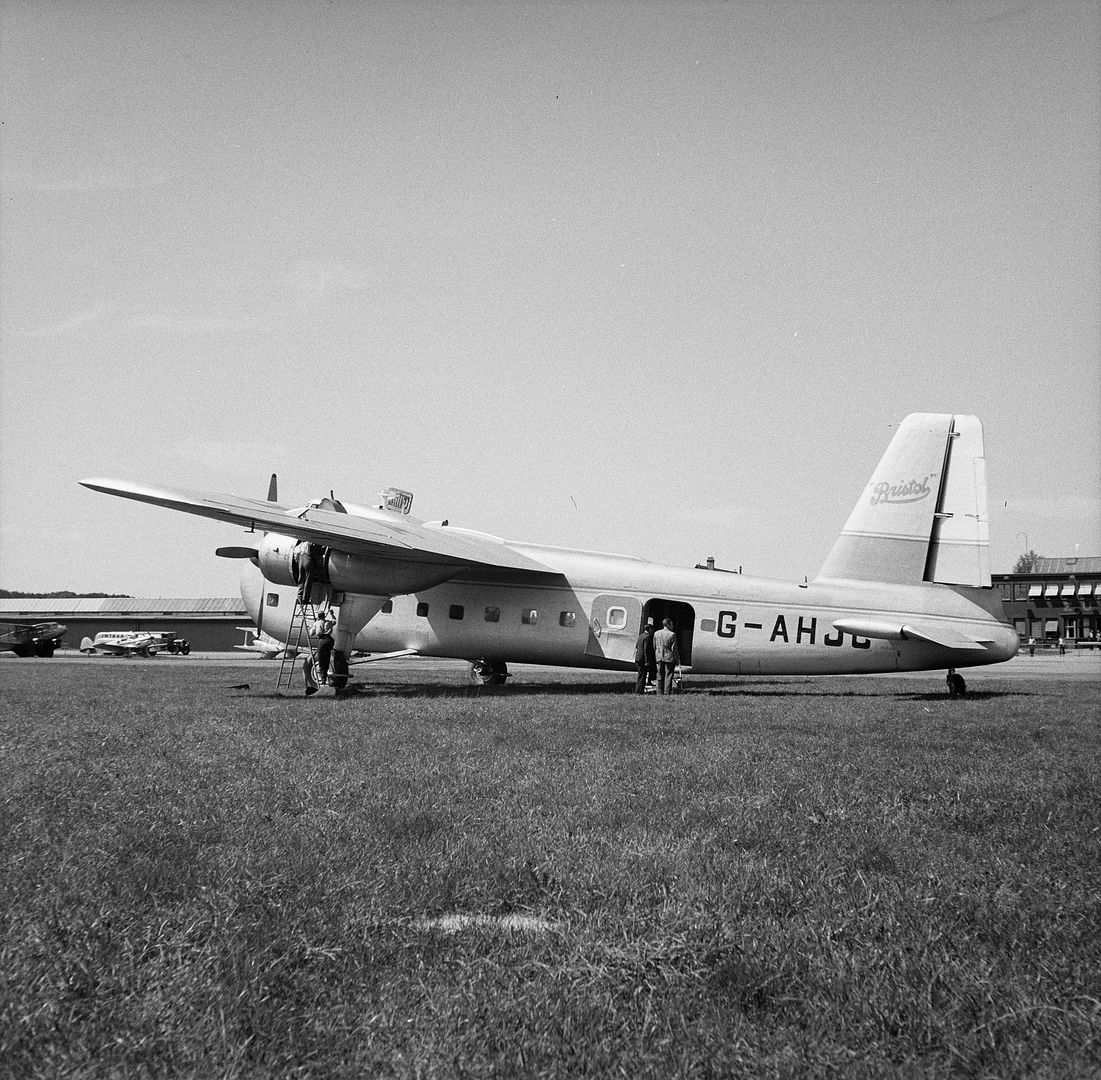
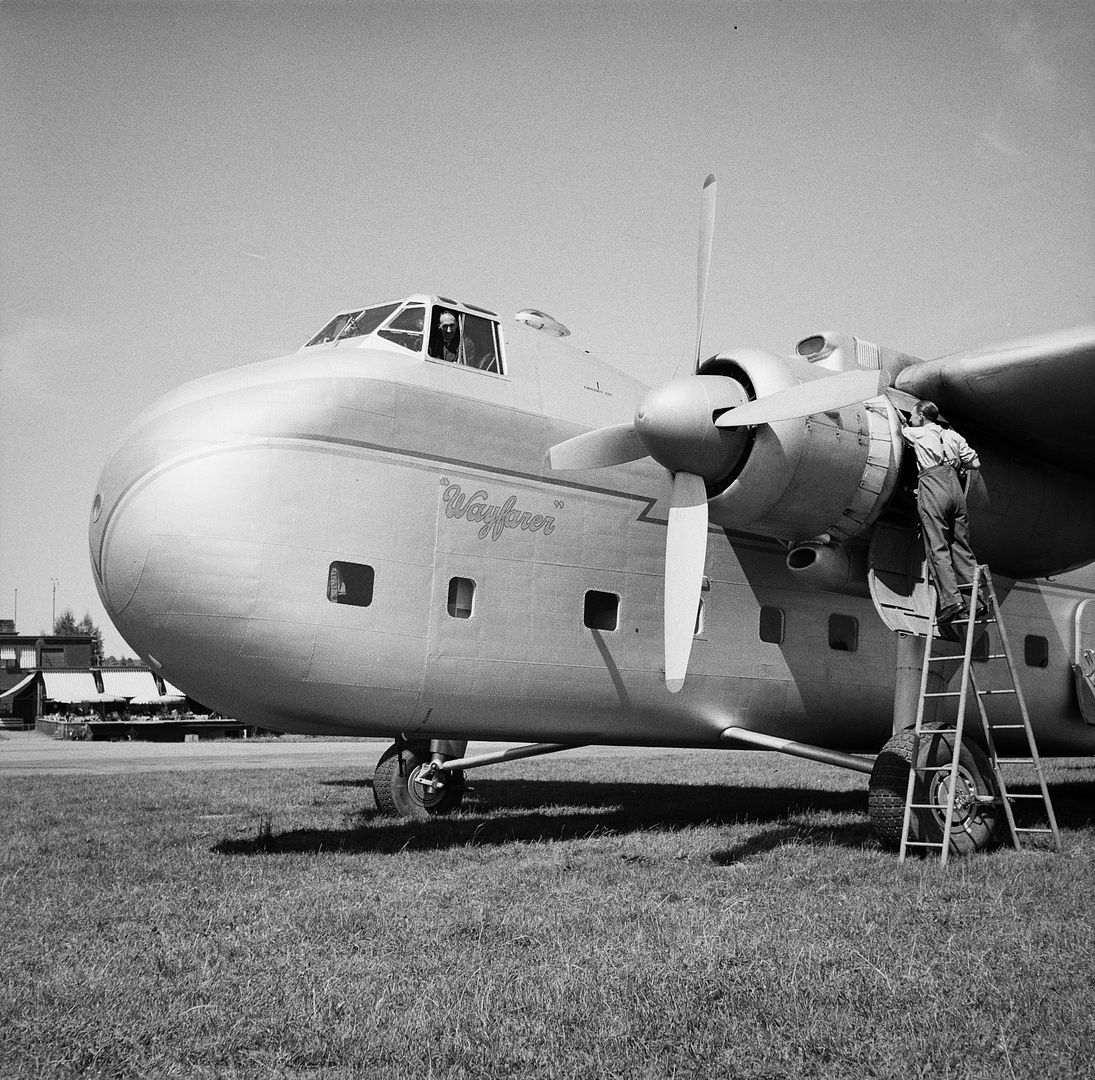





In the military export market, the type was used by a number of Air Forces, including those of Argentina, Australia, Burma, Canada, New Zealand, and Pakistan.
The last Frieghter flight was to the Reynolds-Alberta Museum in 2004, bringing to an end an illustrious and multi-use service of nearly 60 years.
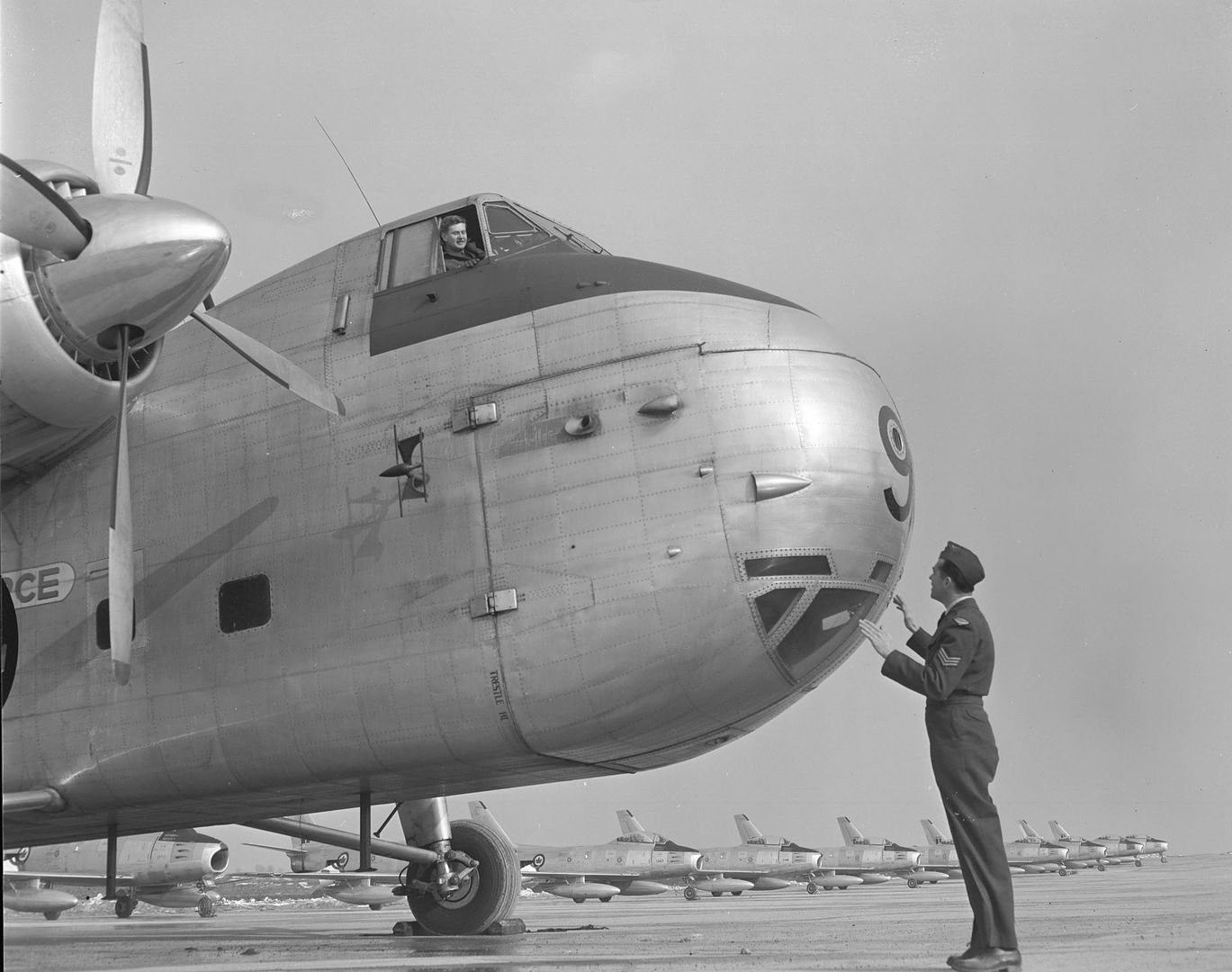
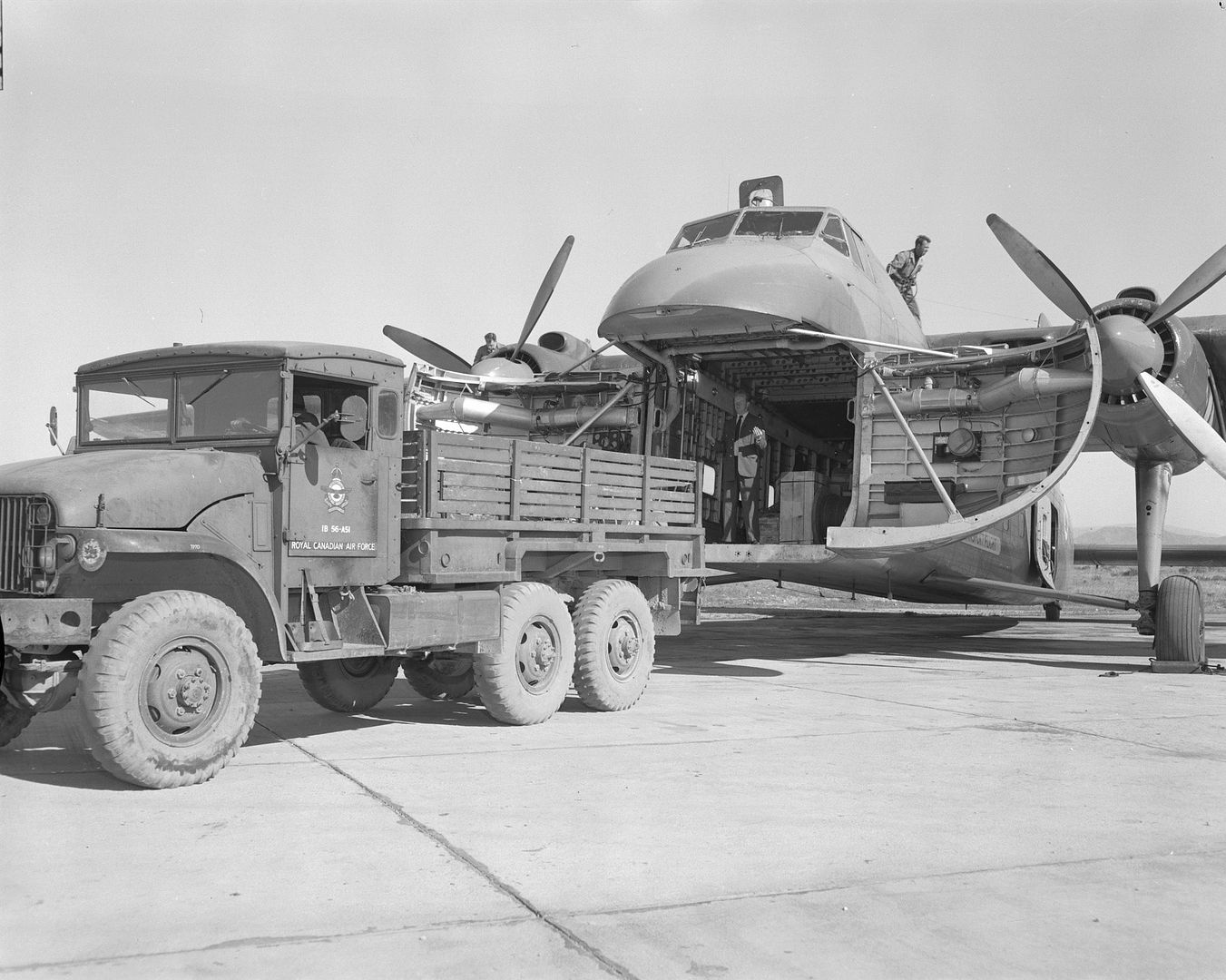
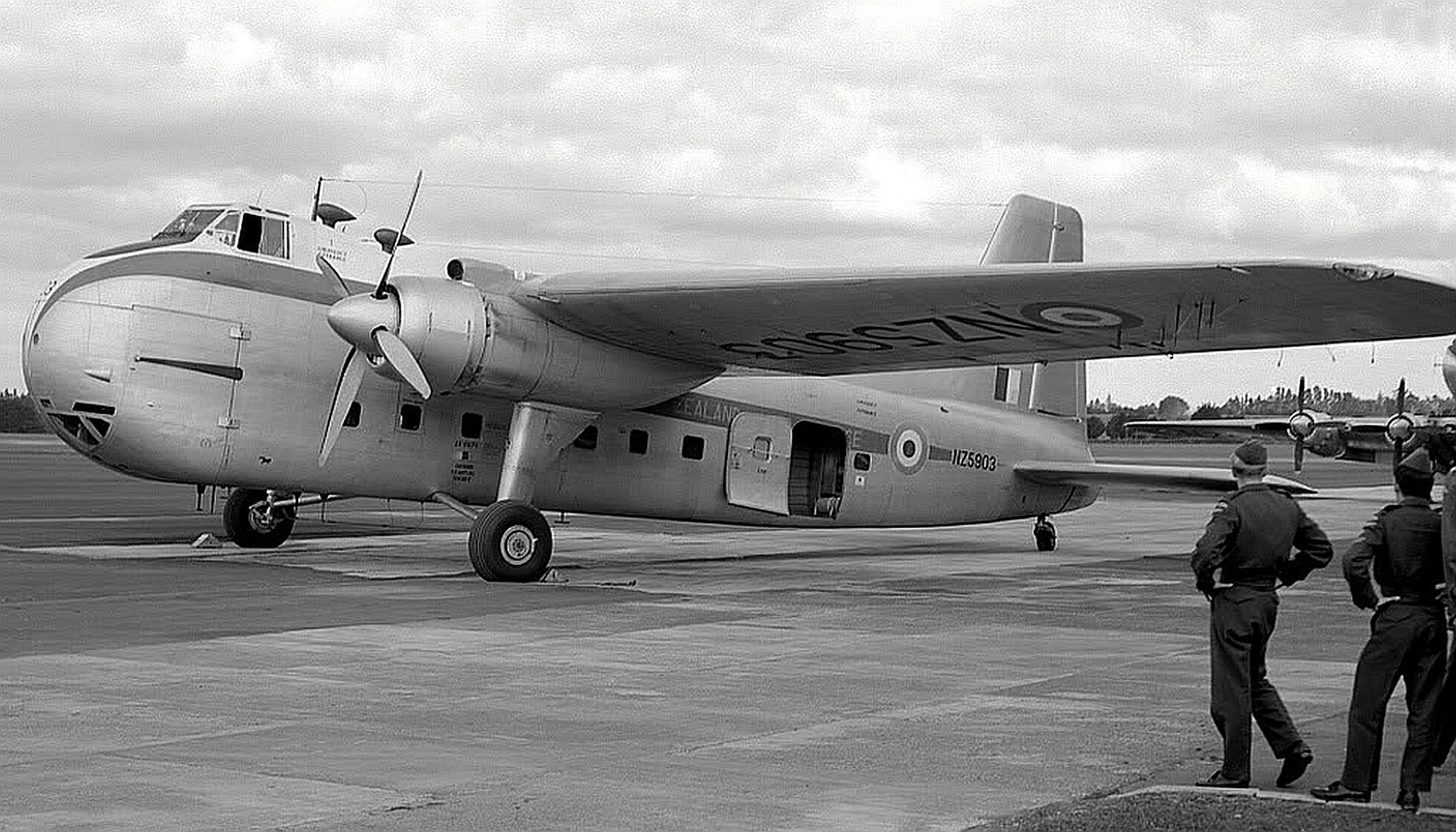
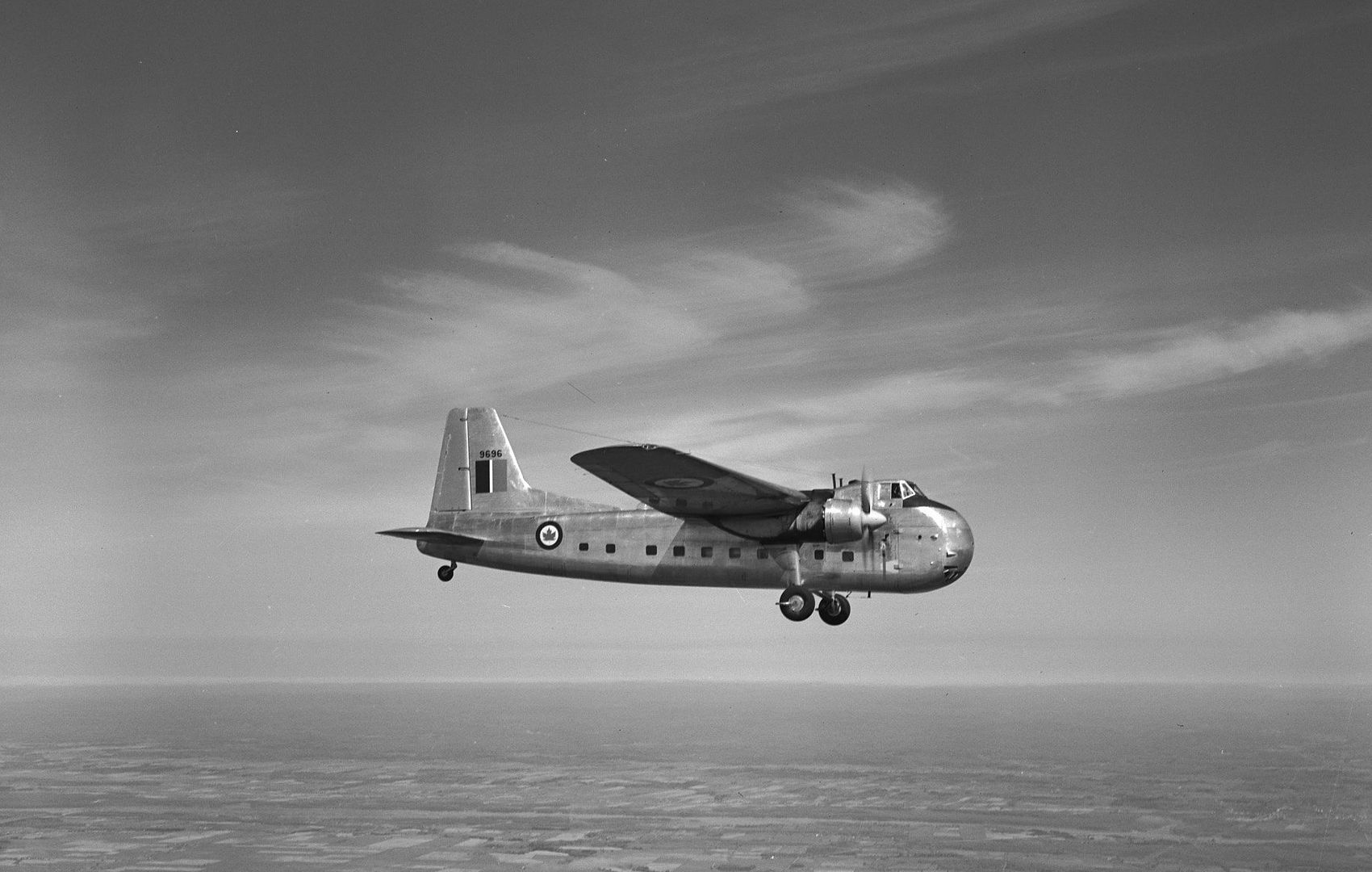
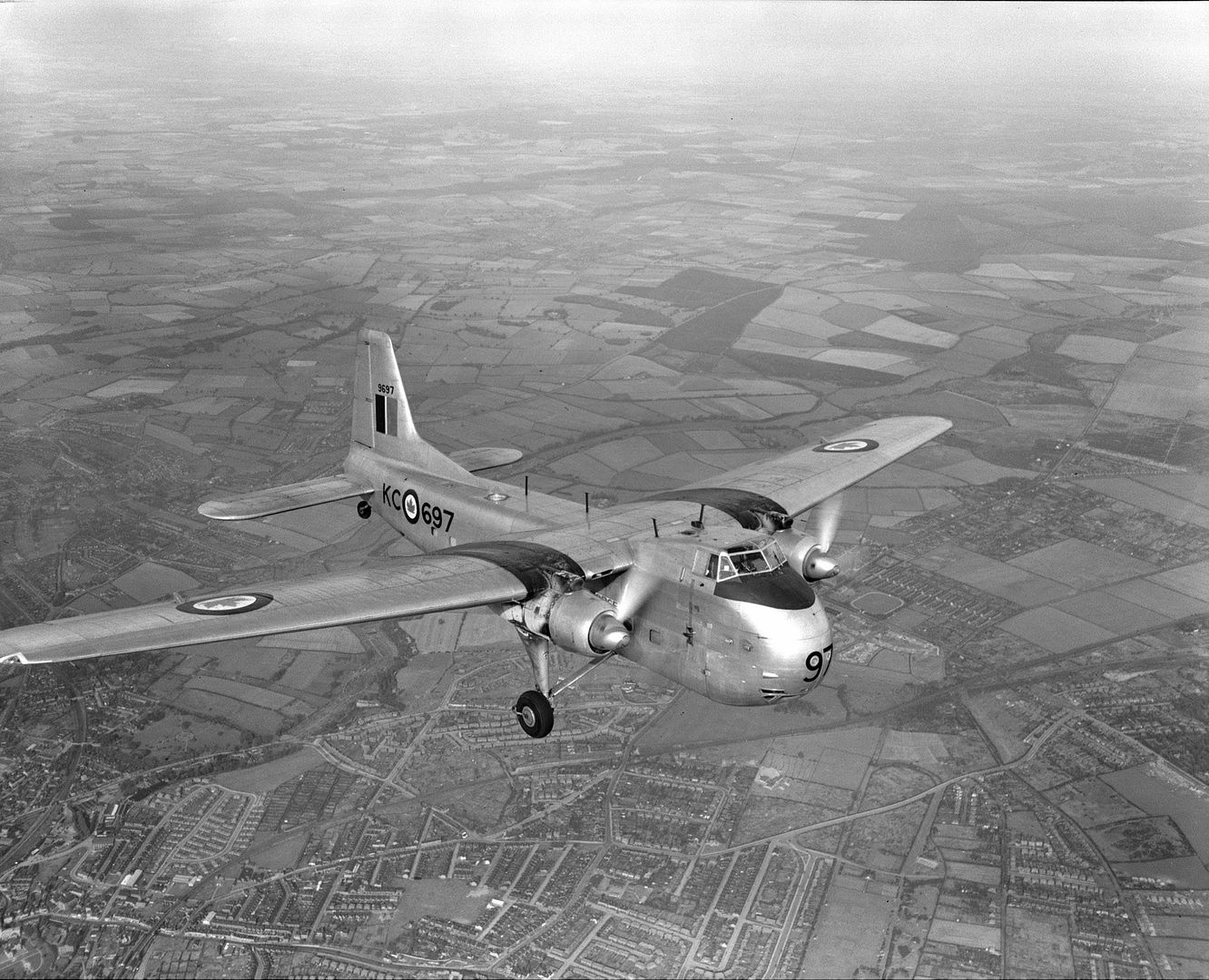
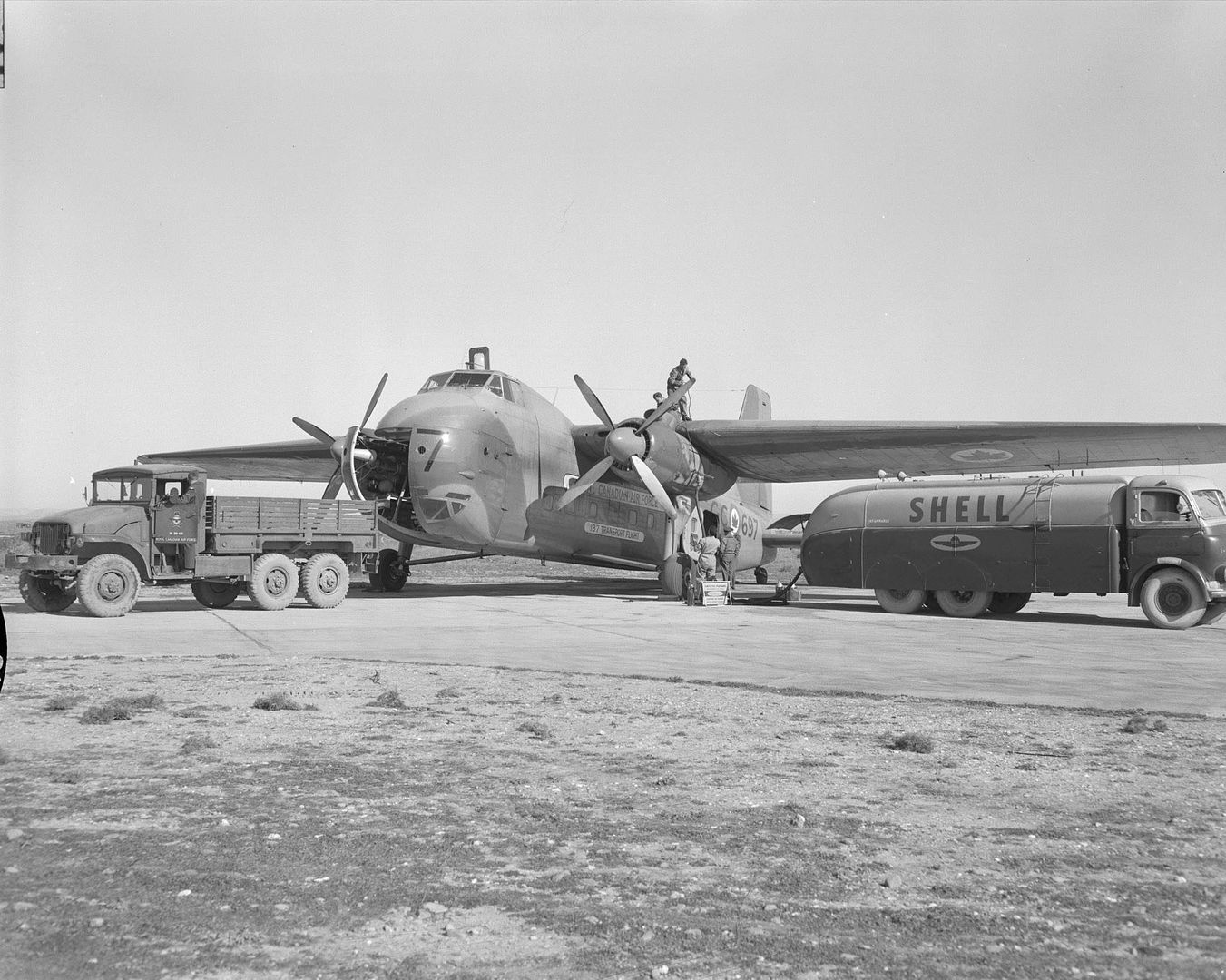
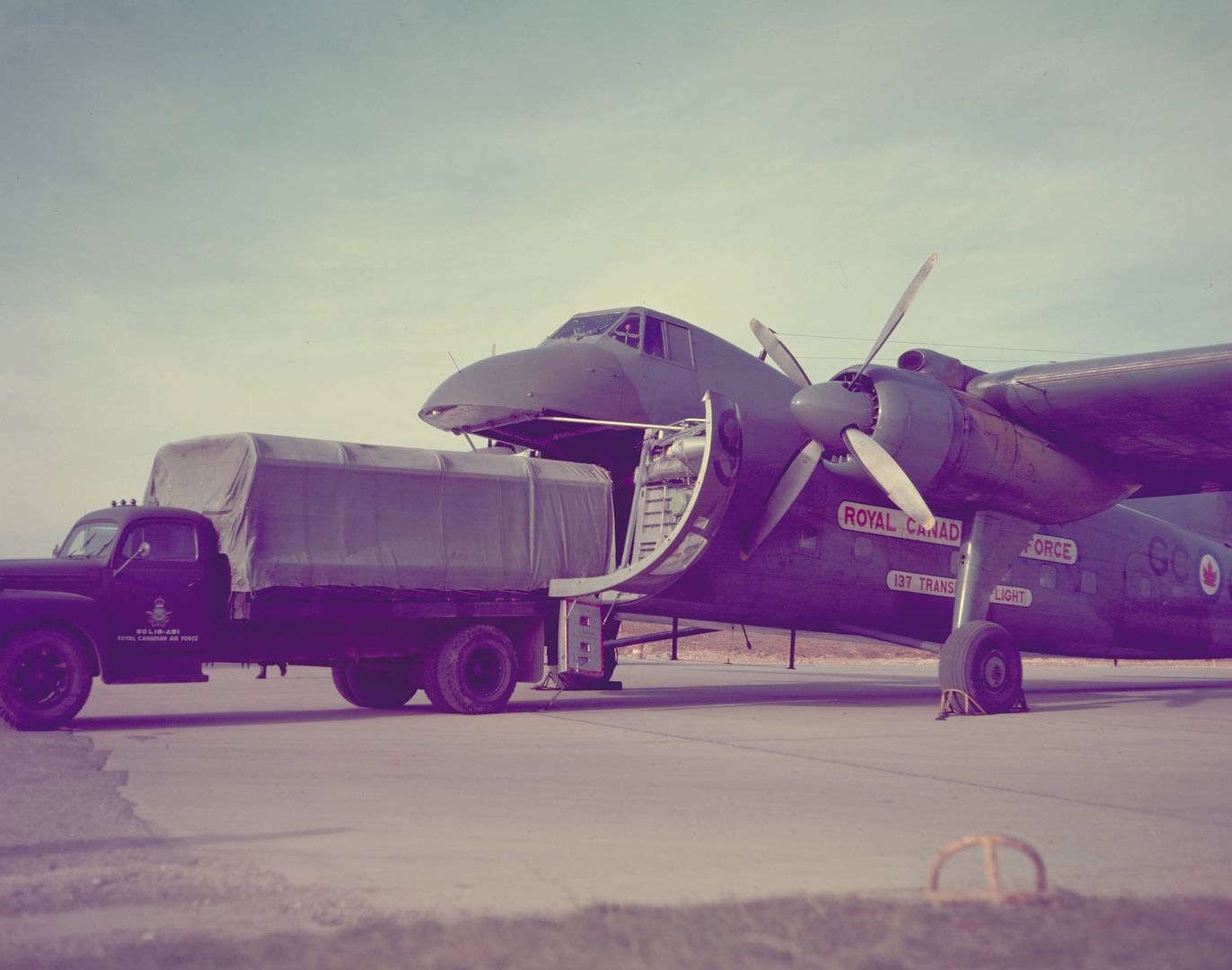
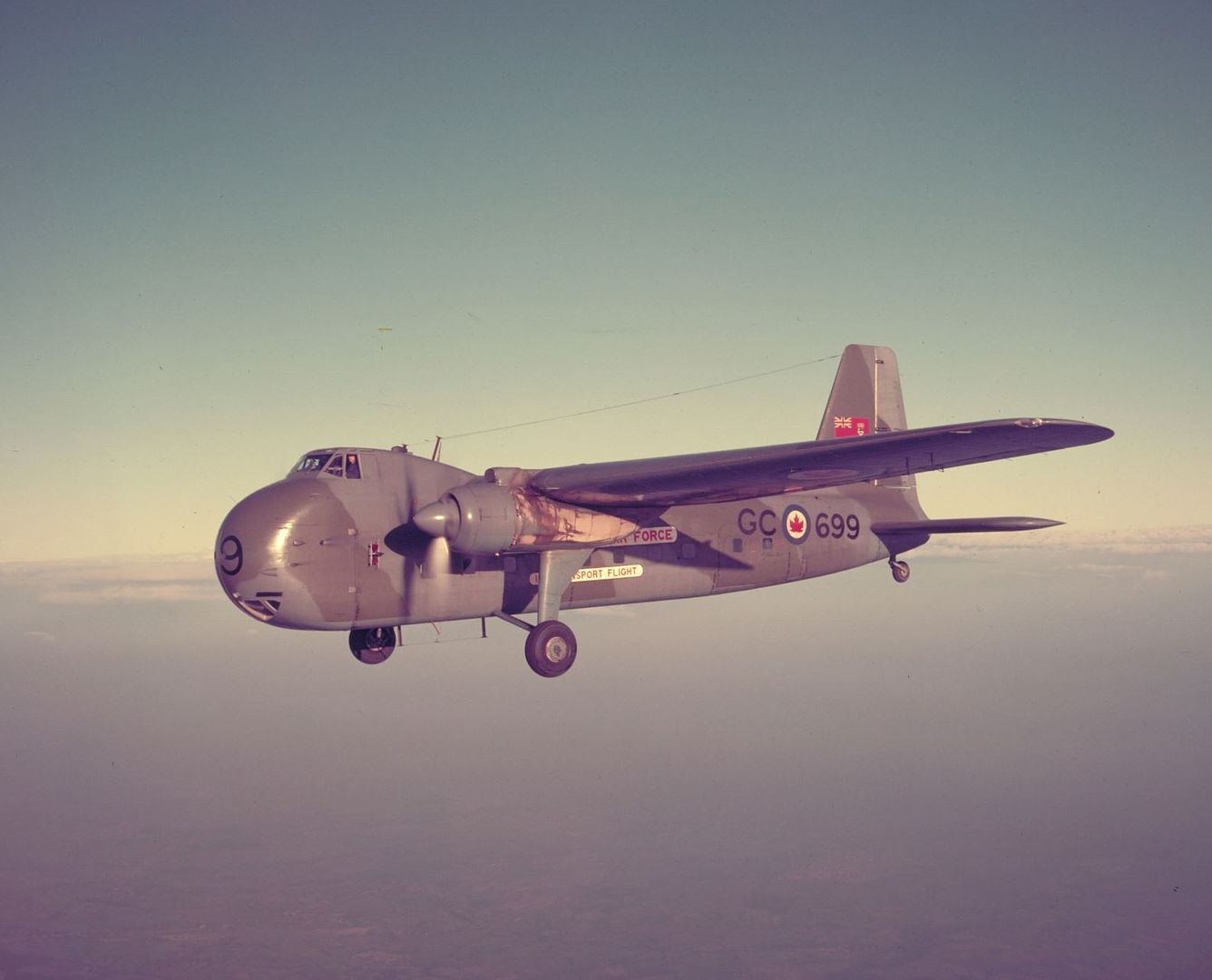
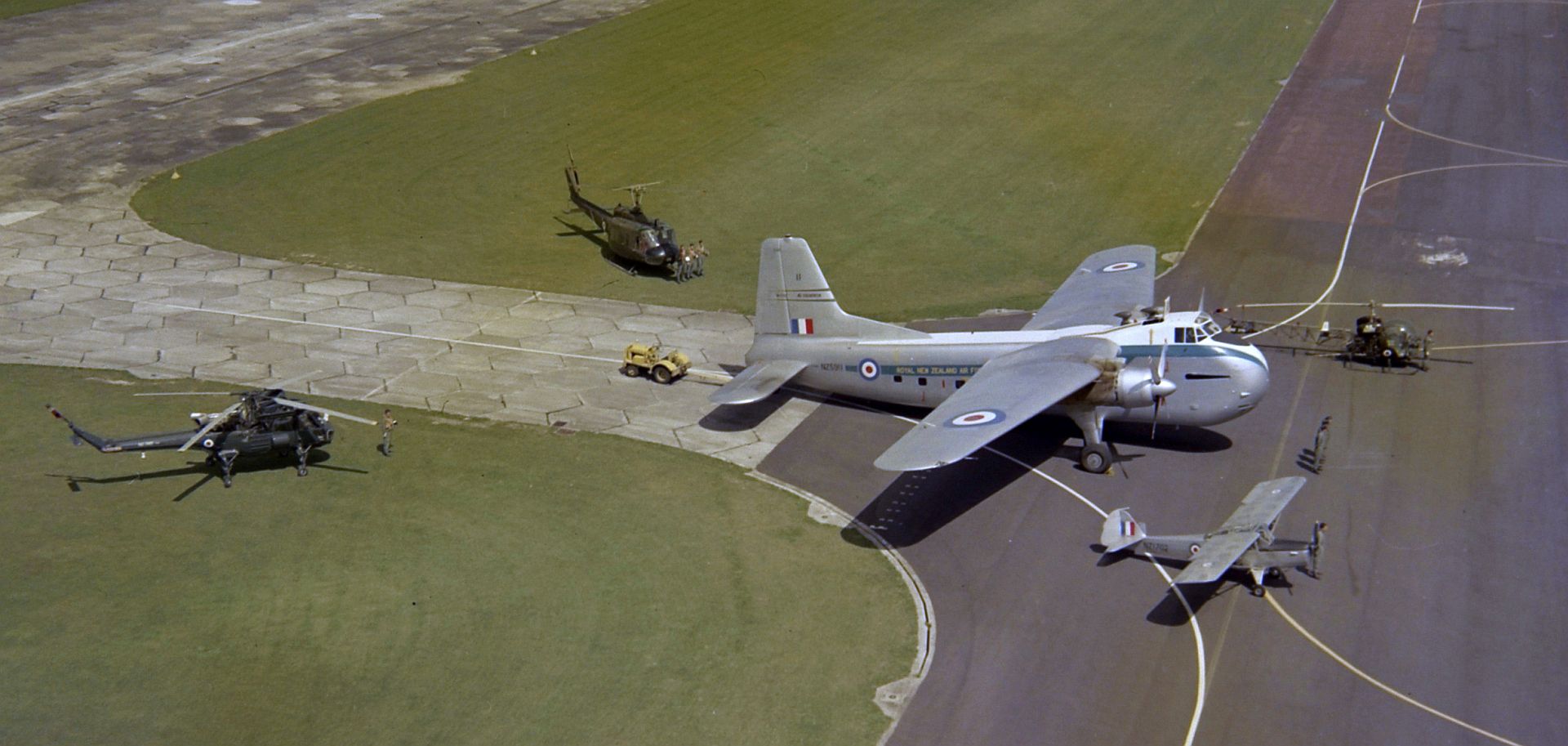





Specification
Powerplant
Mk I: Two 1,675hp Bristol Hercules 632 radial engines
Mk21: Two 1,690hp Bristol Hercules 672 radial engines
Mk32: Two 1,980hp Bristol Hercules 734 radial engines
Span
Mk I & Mk II : 98ft
Mk 21 ? Mk 32: 108ft
Maximum Weight Mk I: 36,500 lb - Mk21: 40,000 lb - Mk31: 42,000 lb - Mk32: 44,000 lb
Payload Mk31: Typically 44 seats (passengers only) or 16 passengers and 5,000 lb freight
Mk32: Typically three cars and 20 passengers
Range 820 miles
Maximum Speed Mk XI ? 32: 190 mph; typical cruising speed 165 mph
Variants
Mk I Freighter Utility transport Series I or Freighter with a strengthened floor and hydraulically operated nose doors.
Mk II Wayfarer Airliner (passenger variant) Series II or Wayfarer. Nose doors were omitted and additional windows were added.
Mk XI Freighter Variant of Mk I with 108 ft (32.92 m) wing and extra tankage
Mk 21 Freighter Increased engine power and all up weight
Mk 31 Freighter Variant of Mk 21 with increased size fin
Mk 32 Superfreighter Higher-capacity version with fuselage lengthened by 5 ft and taller fin. Further increase in power and all up weight.
Number built 214-All variants of Freighter and Wayfarer
Post a reply
- Go to Previous topic
- Go to Next topic
- Go to Welcome
- Go to Introduce Yourself
- Go to General Discussion
- Go to Screenshots, Images and Videos
- Go to Off topic
- Go to Works in Progress
- Go to Skinning Tips / Tutorials
- Go to Skin Requests
- Go to IJAAF Library
- Go to Luftwaffe Library
- Go to RAF Library
- Go to USAAF / USN Library
- Go to Misc Library
- Go to The Ops Room
- Go to Made in Germany
- Go to Campaigns and Missions
- Go to Works in Progress
- Go to Juri's Air-Raid Shelter
- Go to Campaigns and Missions
- Go to Works in Progress
- Go to Skinpacks
- Go to External Projects Discussion
- Go to Books & Resources
